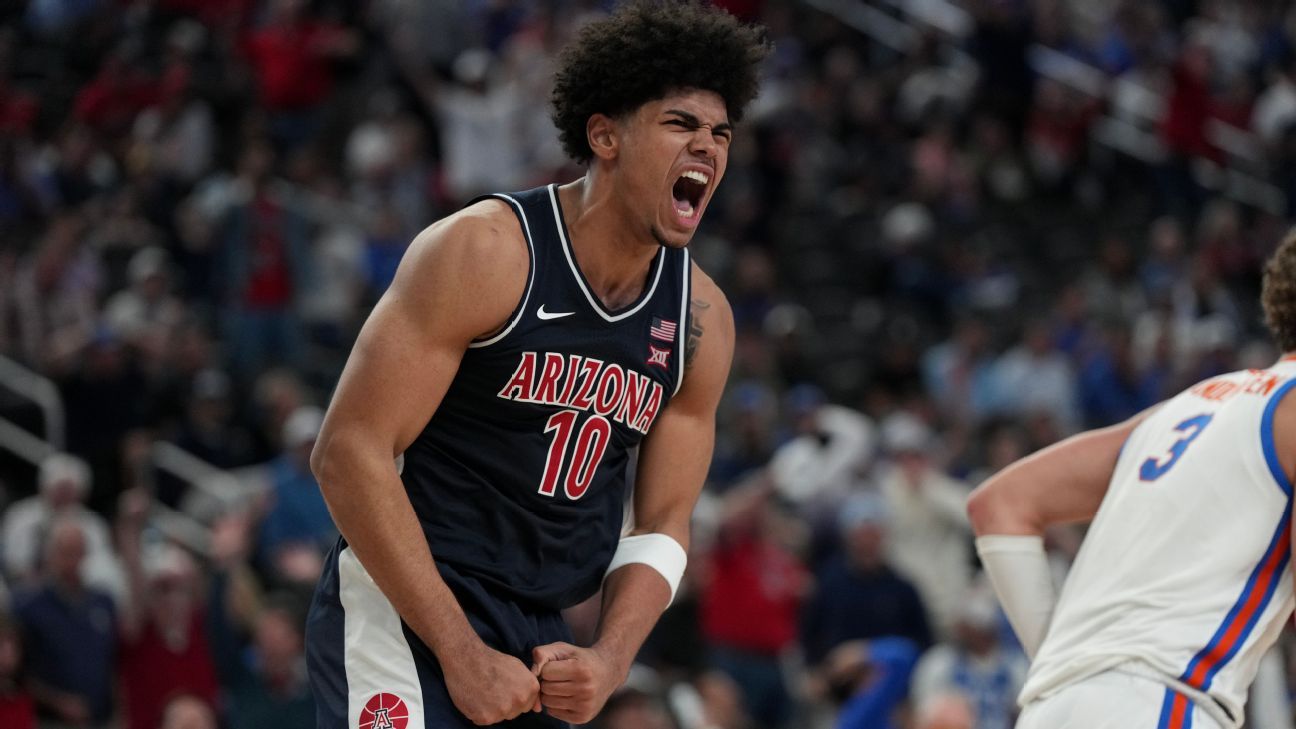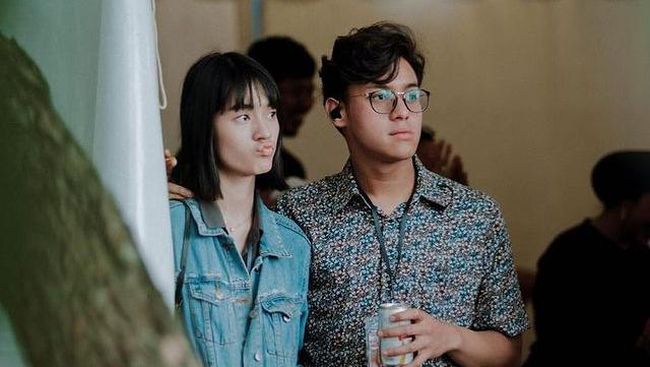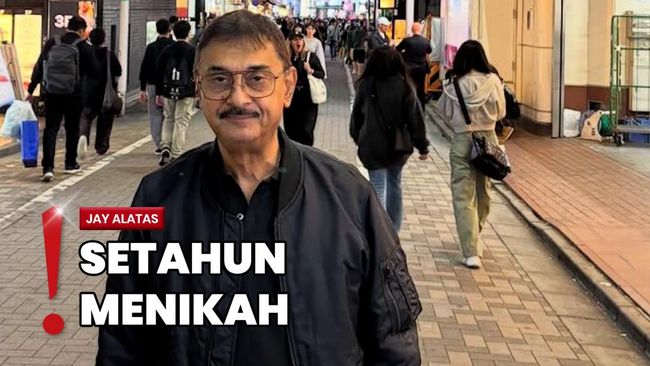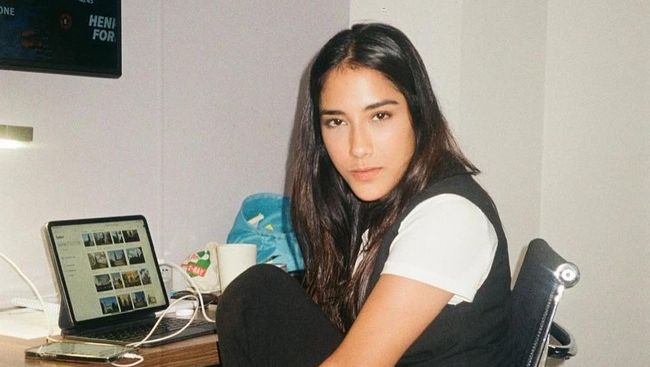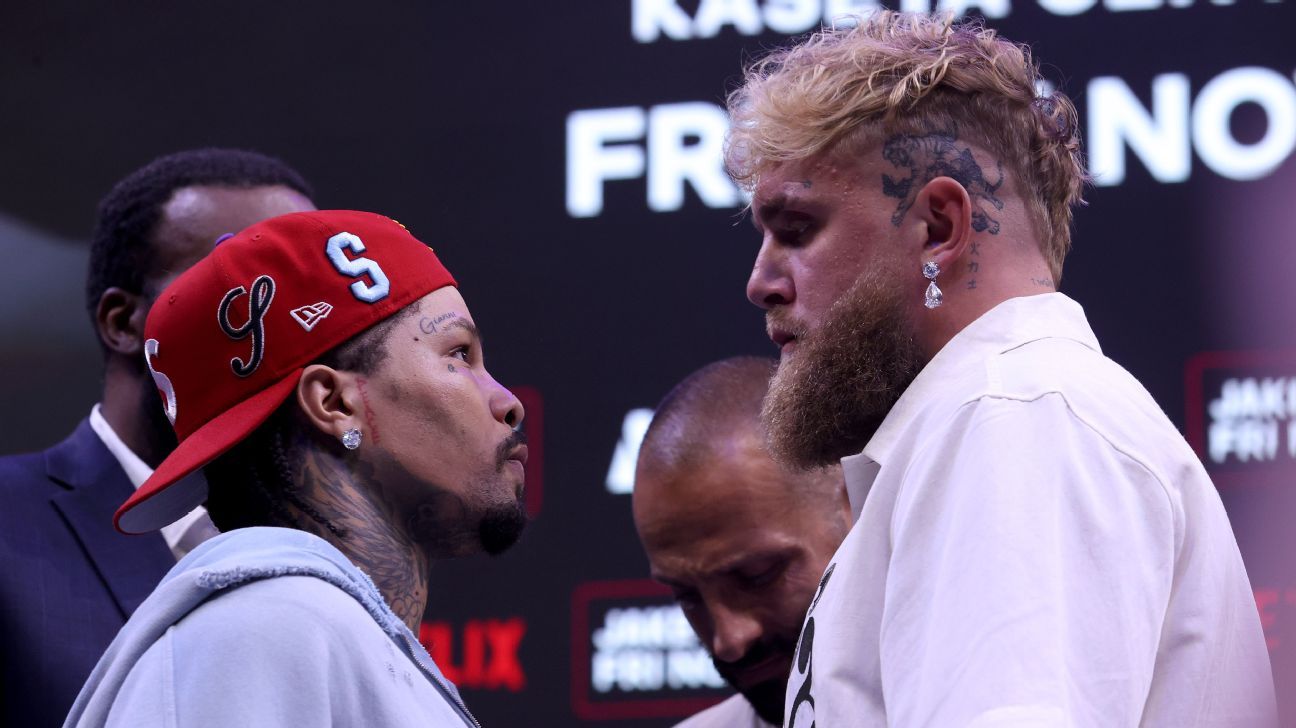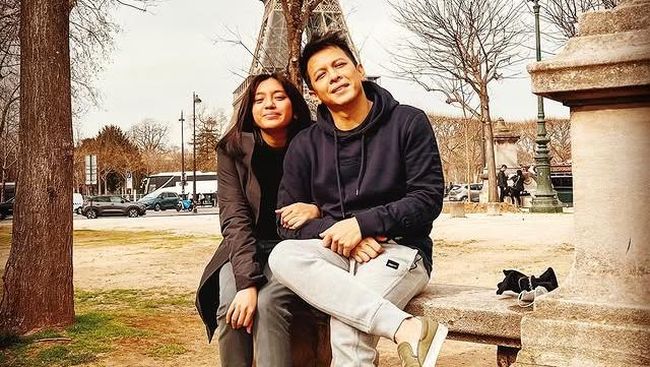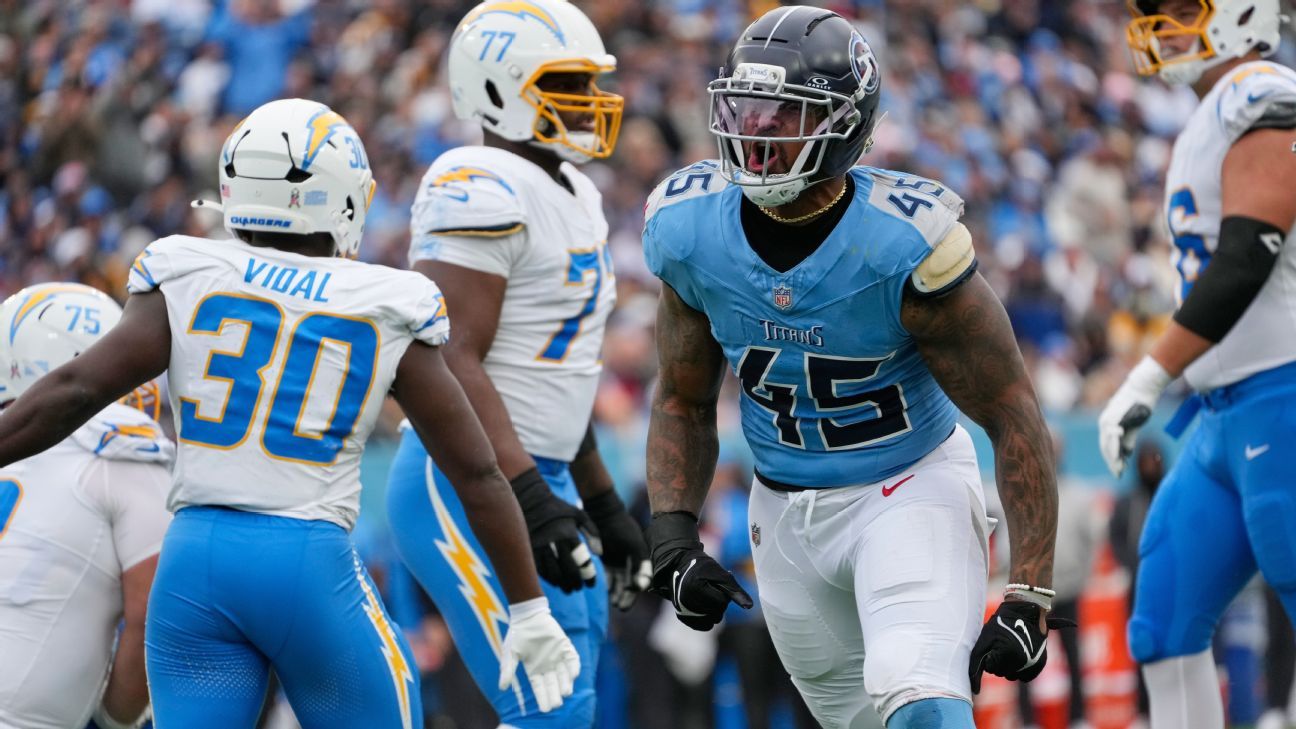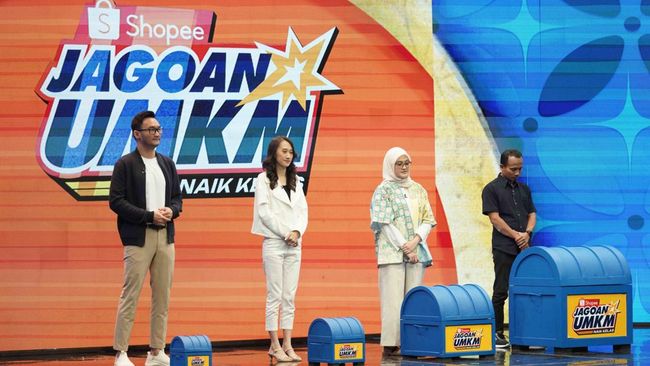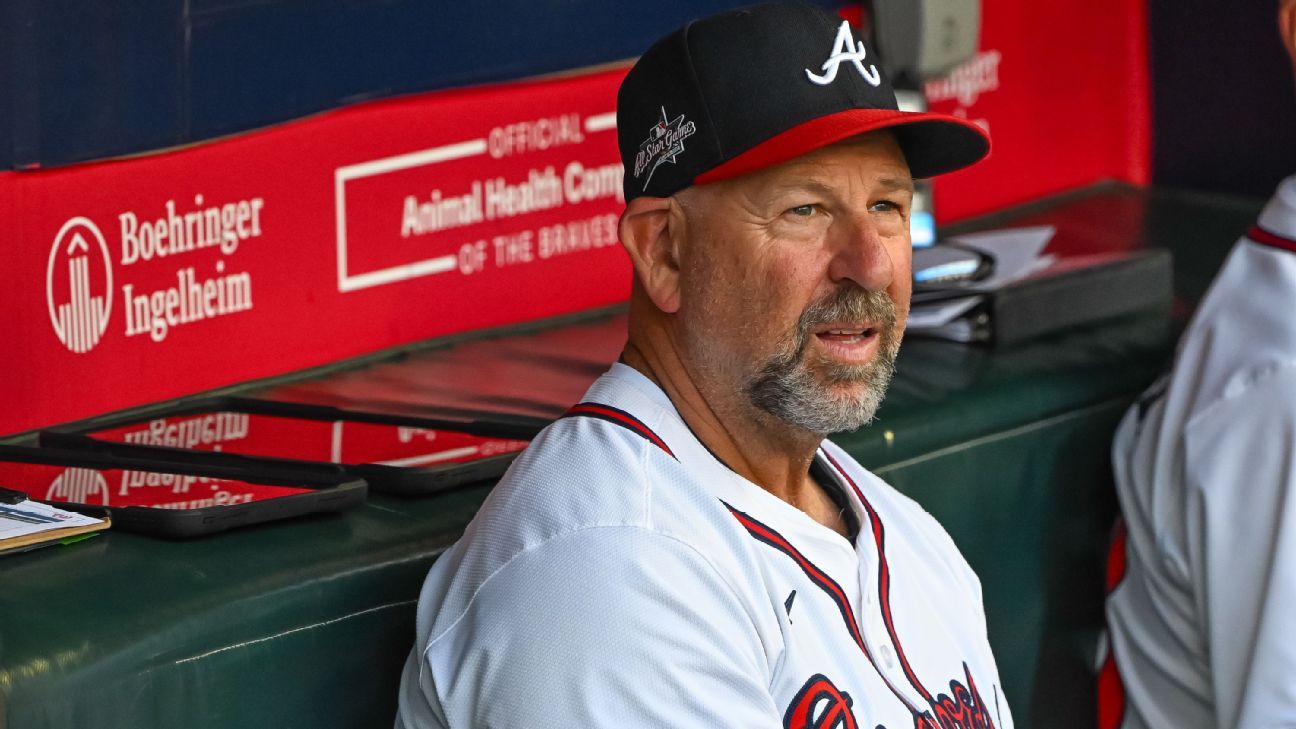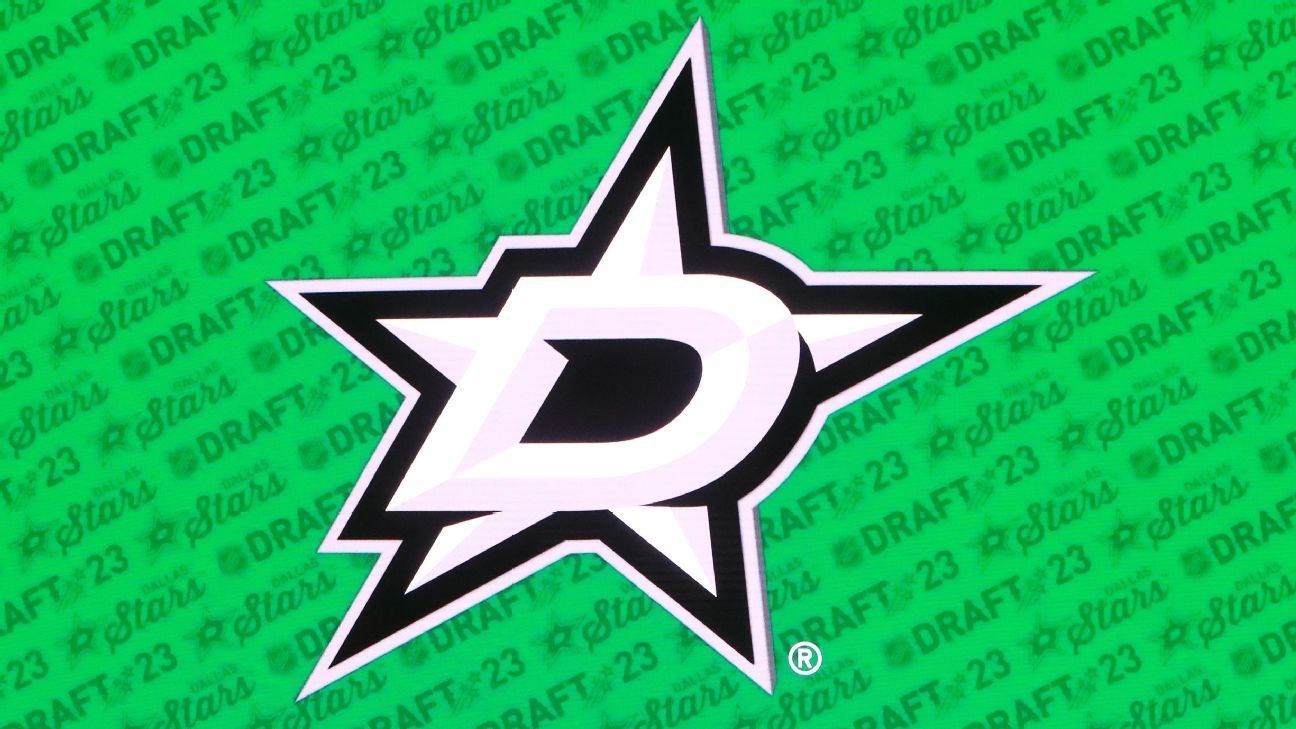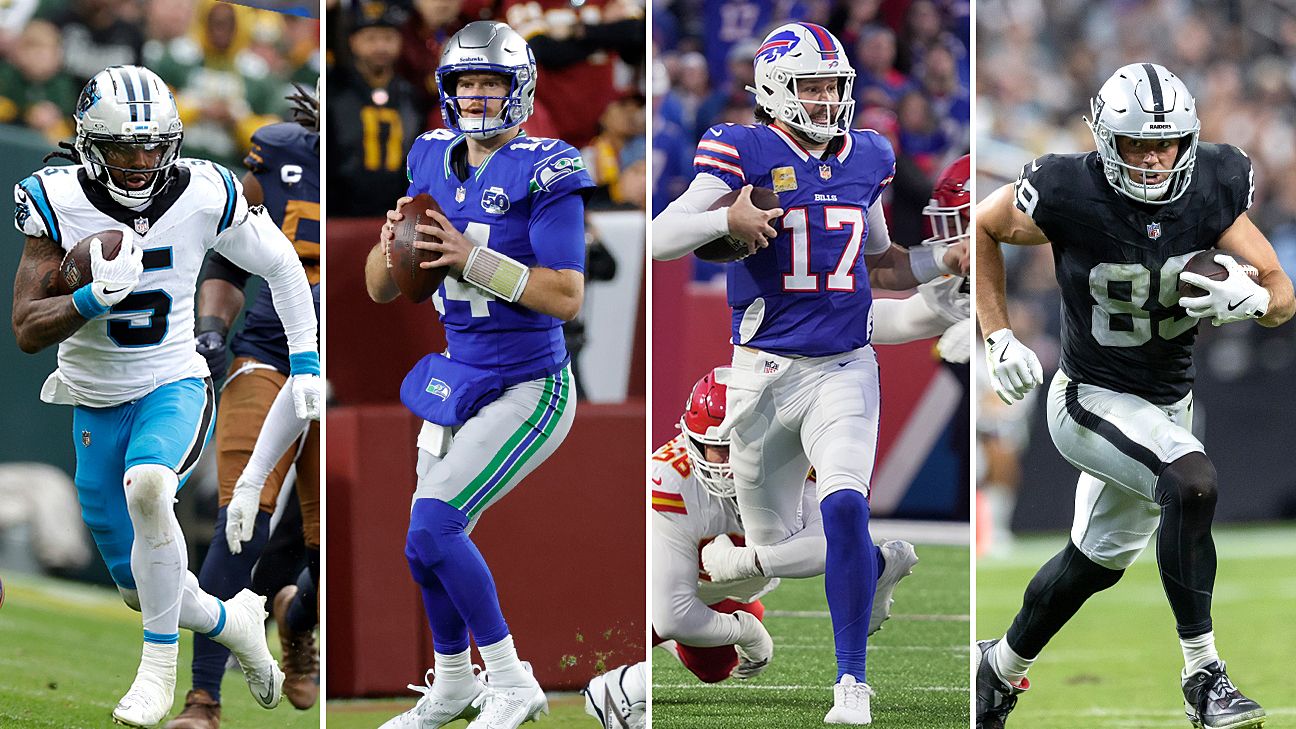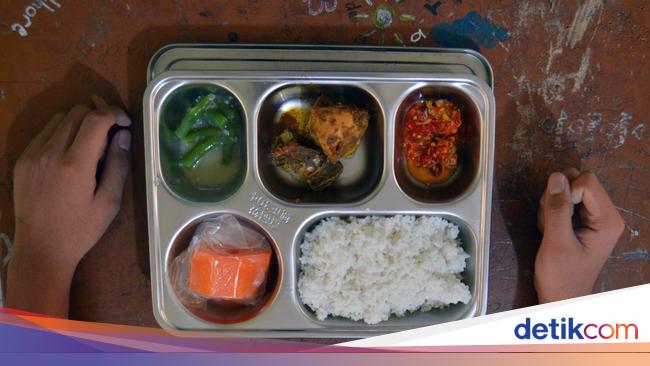
Matt BowenJul 9, 2025, 06:15 AM ET
- Matt Bowen is a fantasy football and NFL writer for ESPN. He joined ESPN in 2015, writes regularly for ESPN+ and spent multiple years on "NFL Matchup." After graduating from the University of Iowa, Matt played safety in the NFL for St. Louis, Green Bay, Washington and Buffalo over seven seasons.
NFL players are one step closer to playing flag football in the 2028 Summer Olympics after team owners unanimously approved a proposal for players to participate. Now begins the process of putting the national roster together. What would the ultimate U.S. men's flag football team look like three years down the road? Which current -- or future -- NFL players have the best skill sets to thrive in the 5-on-5 game with a smaller field and no contact?
While USA Football will make the final call on who makes the team, I wanted to project the best roster for the United States in 2028. The team is expected to be a mixture of flag football specialists and NFL talent, but I focused on just NFL and college football players in this exercise.
Olympic rosters are expected to be 10 players deep, with no limit on the amount of players at each position. For my picks, I used NFL FLAG's official positions: quarterback, running back, wide receiver and center on offense; rusher, defensive back and safety on defense. I also noted my interpretation of the necessary skills for each role, listed alternate players who could slot in and even suggested one offensive play for this roster to blow away the competition.
To learn more about flag football, make sure to tune in to the NFL FLAG Championships from July 18 to July 20 on ABC, ESPN, ESPN+ and Disney+. Let's get into my Olympic roster picks for 2028, starting with a quick signal-caller who could lead Team USA to gold.
Jump to:
QB | RB | WR | Rusher | DB
One play that could dominate


QB: Jayden Daniels, Washington Commanders
Necessary skills: Accuracy, arm strength, throw on the run, mobility
I looked at both Lamar Jackson and Joe Burrow here, but Daniels gets the nod due to his age; he will be 27 years old at the time of 2028 Olympics. Plus, his high-level throwing traits and movement skills fit great with the flag football game.
As a rookie, Daniels completed 69% of his passes, sixth-best in the league. He's an accurate thrower from the pocket and can deliver the ball against the man coverage he would see in the Olympics. He also has the arm strength to drive throws vertically downfield.
In flag football, quarterbacks cannot run on designed carries or scrambles (unless it is handed off first), but they need the mobility to escape the blitz and extend the pocket as much as possible within seven seconds. Daniels is a fit here with his speed and change-of-direction skills (which includes gadget plays), and we know he can create as a thrower on the move.
Alternates: Lamar Jackson, Joe Burrow

RB: Jahmyr Gibbs, Detroit Lions
Necessary skills: Elusiveness, short-area speed, receiving skills
Gibbs would be an X factor for Team USA due to his versatility. I think he could play a hybrid role as a running back/motion-movement target in the pass game. There is no blocking in flag football, so we need a back with upper-tier elusiveness and the short-area juice to dart past defenders. That's Gibbs, who had 41 rushes of 10 or more yards last season, the third-most in the league.
Teams are allowed to hand off the football in flag unless they're in the "no run zones" within five yards from midfield or five yards from the end zone. The U.S. offense could get Gibbs loose on fly sweeps, reverses, misdirection schemes and option plays off wide receiver motion.
As a pass catcher, Gibbs has caught 104 balls over his first two seasons in the NFL, and he can run the traditional running back route tree (swings, wheels, choice routes) or align in the slot for favorable interior matchups. He's a dynamic mover at the break point, too.
Alternate: Bijan Robinson

WR: Justin Jefferson, Minnesota Vikings
Necessary skills: Route running, coverage manipulation, play speed
Jefferson hasn't committed to trying out for the Games, but he would give Team USA the ability to isolate as a one-on-one perimeter target at the traditional Z receiver position. As the league's premiere route runner, he can run all three levels of the route tree with his ability to set up coverage and slither in and out of his breaks. He can also bump inside to run the slot fades as an end-zone target for Daniels.
With over 1,000 receiving yards in each of his first five pro seasons (and 495 career receptions), Jefferson would be the toughest matchup in the world at the Olympics.
Alternate: CeeDee Lamb

WR: Jeremiah Smith, Ohio State Buckeyes
Necessary skills: Matchup ability, vertical element, catch radius, ball skills
The Ohio State star will be eligible for the 2027 NFL draft, meaning he could have completed his rookie season ahead of the Olympics. Team USA should be eager to bring him in as a boundary X receiver since he can win on deep balls and be a priority target after the team crosses midfield. (Flag football fields are only 50 yards in length, with the same 10-yard end zones as NFL play.)
I'm looking for Team USA to throw the 50-50 fade balls here, and Smith can use his 6-foot-3, 215-pound frame, wide catch radius and great play strength to finish. And don't forget about his explosive straight-line speed after the catch on quicks and crossers.
Smith, who had 15 touchdowns as a freshman for the national champion Buckeyes, has already drawn comps to former Falcons receiver Julio Jones. I don't disagree with that after watching the tape. If he continues his ascension through 2028, this should be a no-brainer for the U.S.
Alternate: Malik Nabers

C: Ja'Marr Chase, Cincinnati Bengals
Necessary skills: Shotgun snap, catch-and-run traits, ball carrier vision, open-field speed
The center is eligible to run routes and catch the ball after he snaps. So we are looking for a middle-of-the-field stretch option who can make plays after hauling in a pass. Chase fits due to his electric movement ability in the open field and lower-body control to slice through pursuit angles.
Last season, Chase led the NFL in receptions (127), receiving yards (1,708) and touchdowns (17). He can win at every level and create instant chaos for opposing countries on underneath throws.
Alternate: Garrett Wilson

Rusher: Micah Parsons, Dallas Cowboys
Necessary skills: Closing speed, lateral quickness, range
Team USA can rush with a defender as long as he is designated pre-snap and starts seven yards behind the line of scrimmage. With elite closing speed, Parsons can eat up grass in a hurry to attack the quarterback, and he has the range and change-of-direction quickness to match mobile passers in space and take down their flags.
Parsons has 52.5 sacks over his four seasons in the league (fifth-most in the NFL in that span), and he would gladly take a free rush every play since there are no blockers in flag football. Plus, if Team USA wanted Parsons to match in coverage or play as a rover in the low red zone, he can easily do that. Parsons' fellow Penn State alum, Abdul Carter, is a great secondary option if he makes the jump that's expected from him at the next level.
Alternate: Abdul Carter

DB: Pat Surtain II, Denver Broncos
Necessary skills: Field vision, pattern matching, transition speed, ball skills
The prototype at the position, Surtain has the speed and high-level technique to match up with the world's best pass catchers. More importantly, he's a long coverage corner who can pattern-match from an off-position, as the "no contact" rule in flag football eliminates the ability to play press coverage.
In four pro seasons with the Broncos, Surtain has 11 interceptions and 39 pass breakups. He could be a defensive game-changer for Team USA.
Alternate: Derek Stingley Jr.

DB: Travis Hunter, Jacksonville Jaguars
Necessary skills: Field vision, pattern matching, transition speed, ball skills/playmaking traits
There's no way Hunter wasn't going to be on this list, as Team USA can easily build in a package on offense for the two-way star. Still, Hunter's main role in the Olympics would be on the defensive side of the ball, where he can bring a playmaking element to the field.
Hunter, who had nine interceptions over three college seasons, has elite ball skills and the coverage instincts to create turnovers for the U.S. He can get a jump on throws and take the ball away. Plus, interceptions can still be returned for touchdowns in flag football -- don't be surprised if Hunter sprints one back to the house.
Alternate: Sauce Gardner

DB: Cooper DeJean, Philadelphia Eagles
Necessary skills: Field vision, pattern matching, change-of-direction speed, ball skills
DeJean could also see reps on offense given his ball skills and punt return ability, which translates well to the flag football game since you need vertical acceleration and the elusiveness to make people miss in space. But we are focusing on DeJean as a slot corner for this team.
He can match inside, run with the seams and corner routes and use his change-of-direction speed to limit underneath concepts (especially near the goal line). His rookie tape in Philly was excellent, and a pick-six in the Super Bowl off Patrick Mahomes highlighted his impact ability. DeJean is a rising star who would have three more full NFL seasons to grow his game before the Olympics.
Alternate: Trent McDuffie

S: Antoine Winfield Jr., Tampa Bay Buccaneers
Necessary skills: Coverage ability, second-level range, blitz ability
Kyle Hamilton would be a really good fit here, though he teased his interest in playing for South Korea and was born in Greece. So let's pivot to Winfield, who brings versatility to the field as a multilevel defender.
Winfield has the skills to create on-the-ball production in coverage, and he can track down receivers in space to limit the opponent offense after the catch. If Team USA wanted to match Parsons in coverage, Winfield could also be deployed as the pass rusher or play from depth as a deep defender (remember, quarterbacks get seven seconds to throw).
In five pro seasons, Winfield has seven interceptions, 20 pass breakups and 17 sacks. He's a natural disruptor who is often around the ball for a reason.
Alternate: Xavier McKinney

One play this roster should run: Mesh wheel (alert to post corner)
Let's set up Daniels with a concept designed to attack man coverage, using a variation of mesh with the five players on the field. Daniels can go through a progression read with Gibbs (H) as his first option on the wheel route. On a free backfield release, with a defender having to bubble over the interior crossing route, Gibbs could clear early for Daniels on a quick throw up the boundary. If the look isn't there on the wheel, Daniels could work the two leveled crossing routes inside from Jefferson (Z) or Smith (X).
The goal here is to pick/rub the defenders, creating an open catch-and-run target. At center, Chase would run the vertical clear as an "alert" for Daniels, who can take the matchup on a deep double move (post corner). Good luck stopping this.

 3 months ago
26
3 months ago
26

